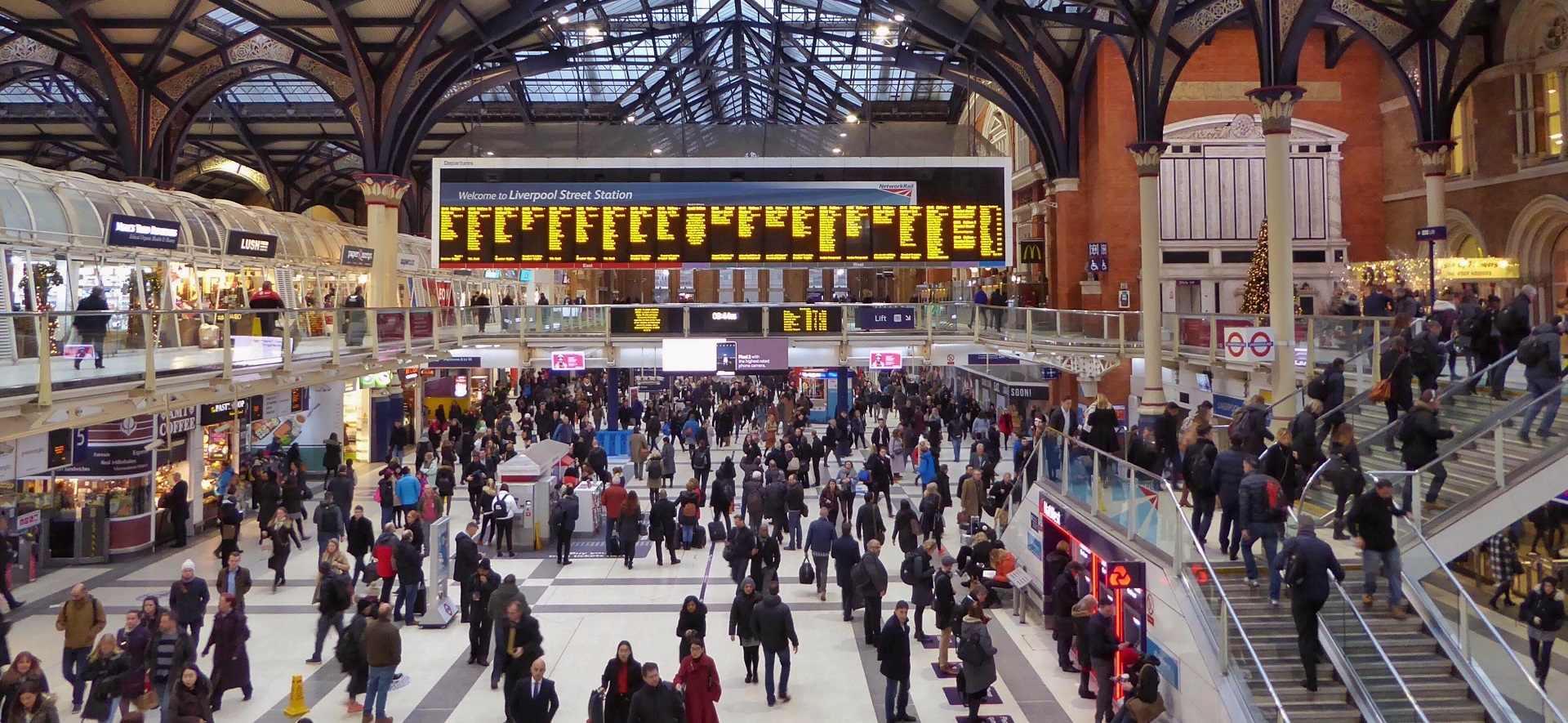Almost as soon as the pandemic began, research and insight consultancies such as Savanta were urging their customers to start thinking about the world beyond. How can modelling help TOCs prepare for a post-covid world?
It’s been confusing for travellers and many of us may have been through several changes of mind.
The Time is Right for Research
We all got bored of hearing about ‘the new normal’ but, like it or not, we instinctively knew that some aspects of our lives would be changed for the long term. But we didn’t know what and we didn’t know how long for. So, the market research industry, (quite righty) urged companies to speak to their customers, to prepare for the future as best they could.
Despite this, we knew it was never going to be an exact science. A single piece of research was never going to cut it and it was all very much a moveable feast – timing was critical. The rail industry was no exception. The message has gone from ‘don’t travel’ to ‘please travel’ and back again. It’s been confusing for travellers and many of us may have been through several changes of mind. But this does not mean that customer research is not worthwhile; indeed, as hopes of a vaccine grow and there is increased talk of ‘normality’ by Spring, now might be the optimum time to try and understand the current mindset of rail passengers – past, present and future.
Introducing the Behaviour Change Model (BCM)
We know from our work in the fields of psychology and behavioural economics, that asking people about their intended future behaviour isn’t enough. By using our Behaviour Change Model (BCM), we can begin to understand the journey people go through when deciding to adopt (or stop) a behaviour.

Through attitudinal and behavioural questioning, we can not only understand where individuals sit on the scale above but what is driving this. Importantly, this information can then be used to understand how to nudge people along the scale in the direction we want.
BCM is a tool that Savant have used extensively across a number of sectors and we believe that, under the current circumstances, there is a strong use case for rail and TOCs in particular.
Behaviour Change Modelling for TOCs
One clear application of BCM would be to help understand where rail passengers are in their current usage journey. We do know from our research that those who have used rail since lockdown do have a different attitude to those who have not yet – two distinct groups are emerging. Luckily, the BCM methodology is flexible; for instance, we would actually suggest running two versions of the model to get a full 360-degree picture of this dichotomy.
1: Rail travellers who stopped using the train at the first lockdown and who have not fully returned
The model would look at where individuals sit on the pathway to choosing to travel by rail again and what the triggers and barriers are in relation to this behaviour.

Here there is no 5th stage (Maintenance); however, the model would still be a very powerful indicator of where individuals sit and why. For example, are the main triggers and barriers attitudinal – based on health fears or driven by Government communication? How can TOCs influence the mindset of an individual? Or is behaviour determined by factors that are largely out of the control of operators, such as redundancy or working from home?
2: Those who have returned to rail since the start of the lockdown, even if they have since stopped again
It would seem to make sense to tackle this group separately in what we might term a ‘reversed BCM’ i.e. where Maintenance is the behaviour we do not want to encourage.

Again, as well as identifying the categories individuals fall into, we can look at the factors that cause movement from one to another. Crucially, we can use the results to advise TOCs on the actions they can take to encourage rail travel – whether that be service/ proposition or enhanced communication.
Savanta’s Behaviour Change Model is a simple to understand but highly effective methodology that can be used by TOCs to help make sense of the situation, and importantly, have the ability to influence the future. By repeating the research at regular intervals, we can effectively monitor the impact of changes to Government policy/ communication or even actions taken by the TOCs themselves.
To find out more please get in touch with one of the team at [email protected]






